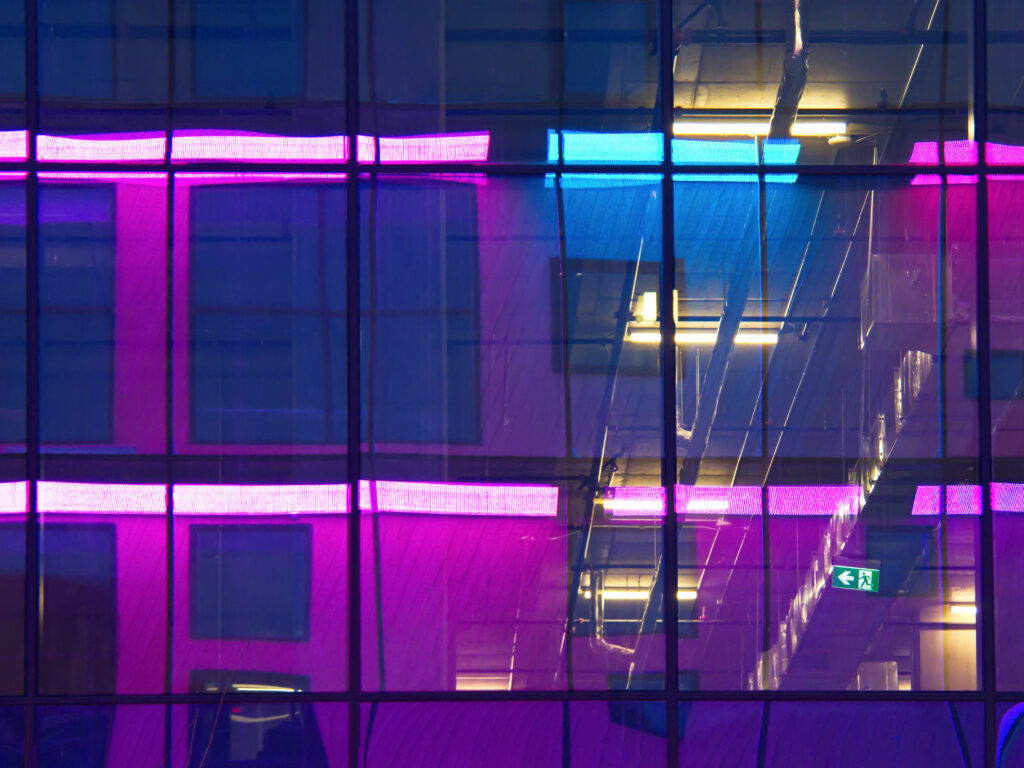Fiber Secondary Coating Line: The Basic Principles
The fiber secondary coating line is a vital area of the fiber optic cable manufacturing method. This line is mainly responsible for implementing a safety coating, usually made of plastic materials, around the delicate optical fibers. The objective of this extra coating is always to offer enhanced mechanised strength, ecological level of resistance, and overall sturdiness for that fibres. Within this phase, the buffered fibres are typically passed on via several pipes and extrusion devices, which successfully apply the necessary coating material – SZ stranding line.
Components of a Fiber Secondary Coating Line
A fiber secondary coating line is made up of various devices and machinery, each designed to fulfill certain capabilities. Crucial parts include:
- Pay-off and consider-up units: These techniques management the flow in the optical fibers and maintain correct stress through the procedure.
- Barrier storage space: A buffer storing system briefly retailers the fiber strands to ensure continual tension and prevent any harm through the coating method.
- Extrusion systems: These appliances apply the defensive substance, including plastic material, for the fibers using a method referred to as extrusion.
- Healing ovens: These ovens heal the utilized coating substance, solidifying it and creating a tough defensive covering round the optical fibers.
- Capstan and accumulator: These elements control the speed and stress in the coated fibres since they shift through the line.
SZ Stranding Line: A Synopsis
The SZ stranding line is yet another critical component of the fiber optic cable producing procedure. This period requires the twisting and bundling of numerous coated fibers, ensuring these are prepared in ways that optimizes overall performance and reduces transmission loss. The term “SZ” is derived from the specific pattern formed during the stranding method, which looks like the words “S” and “Z” interwoven. This excellent design increases the cable’s all round overall flexibility, making it easier to install and sustain – Compact fiber unit(CFU).
Key Elements of the SZ Stranding Line
An SZ stranding line consists of many crucial elements that work together to create a substantial-quality fiber optic cable. Such as:
- Free hose pay-away from: This system rss feeds the protected fibers into the stranding line, making sure an effortless and steady circulation.
- SZ stranding system: The primary component of the line, this machines twists and strands the coated fibres to the distinctive SZ routine.
- Binding and satisfying devices: These units use further supplies, like water-preventing factors and strength associates, towards the stranded fibers for improved protection and stability.
- Armoring equipment: For cables demanding extra durability, armoring devices place metallic or any other safety components around the stranded fibers.
- Get-up systems: These components collect the final, trapped cable product and blowing wind it on to spools or reels for storage space and transport.
Need for Quality Management inside the Production Process
Both fiber secondary coating line and SZ stranding line play vital jobs in the creation of high-quality fiber optic cables. To make certain optimal overall performance and durability, manufacturers need to sustain strict high quality control measures each and every phase of the procedure. Regular assessments, testing, and calibration of equipment are crucial to identifying and dealing with potential problems. Furthermore, adherence to business requirements and certifications, such as ISO and TIA/EIA, assures the creation of reliable and constant fiber optic cabling – fiber secondary coating line.
Summary: The Influence of Fiber Secondary Coating and SZ Stranding lines
In conclusion, fiber secondary coating and SZ stranding lines are essential aspects of the fiber optic cable manufacturing procedure. By utilizing these specialised creation cable, manufacturers can create cabling offering exceptional overall performance, durability, and potential to deal with environmental factors. As the need for high-pace, dependable communication systems continues to grow, the importance of these sophisticated creation strategies can not be overstated. Businesses investing in slicing-edge fiber secondary coating and SZ stranding modern technology will likely be well-placed to meet the changing requirements of the telecommunications industry and maintain a edge against your competitors in the market.
